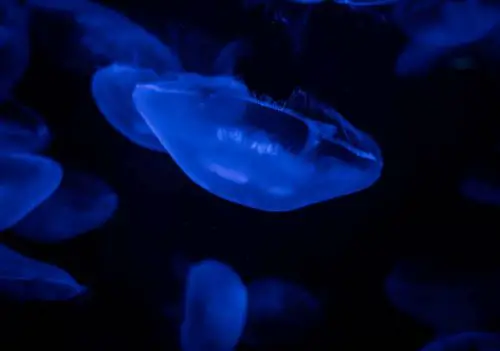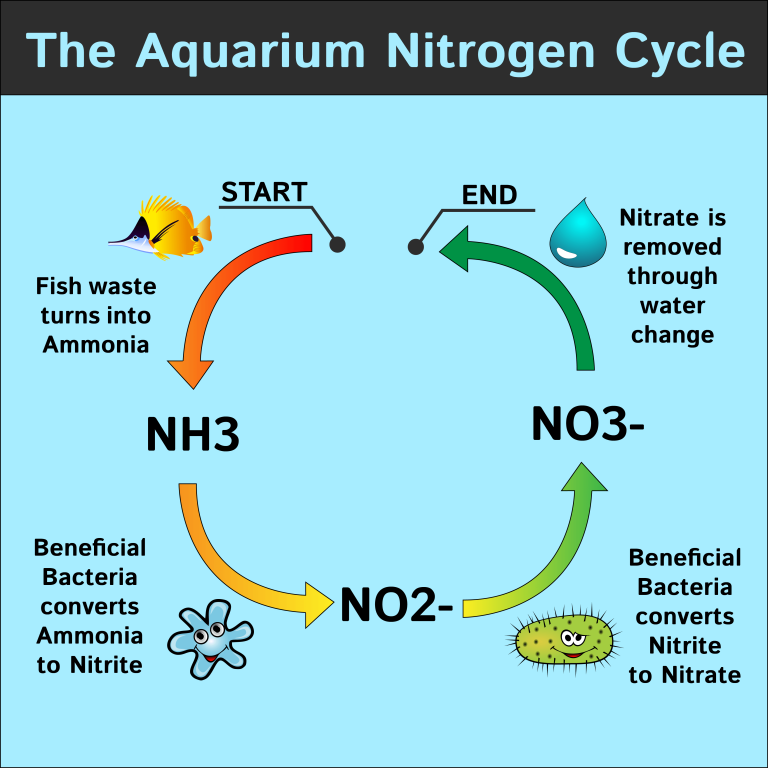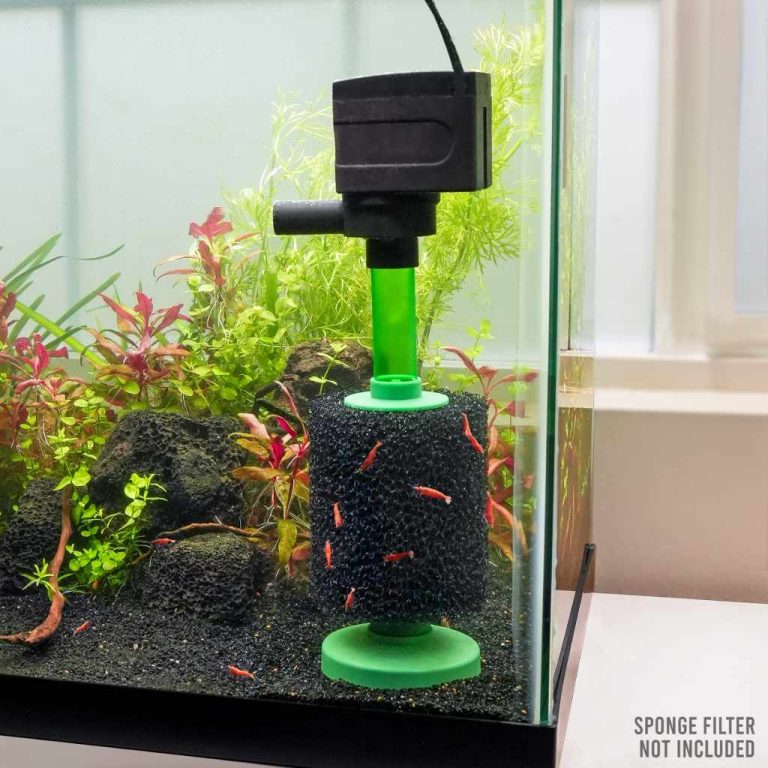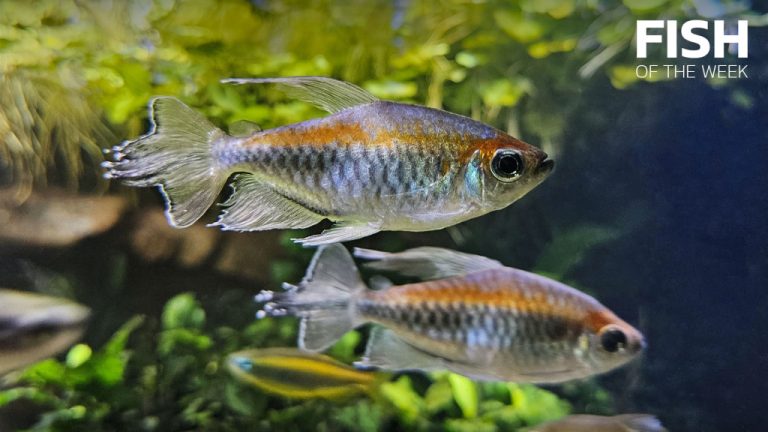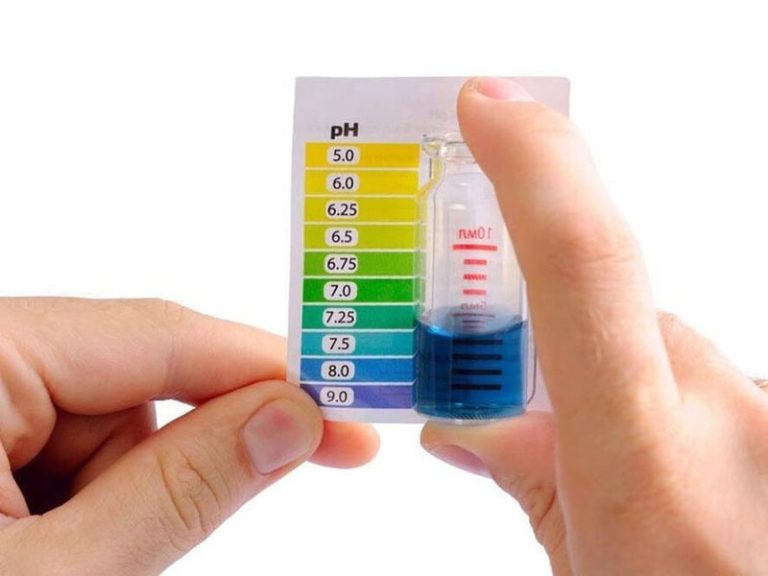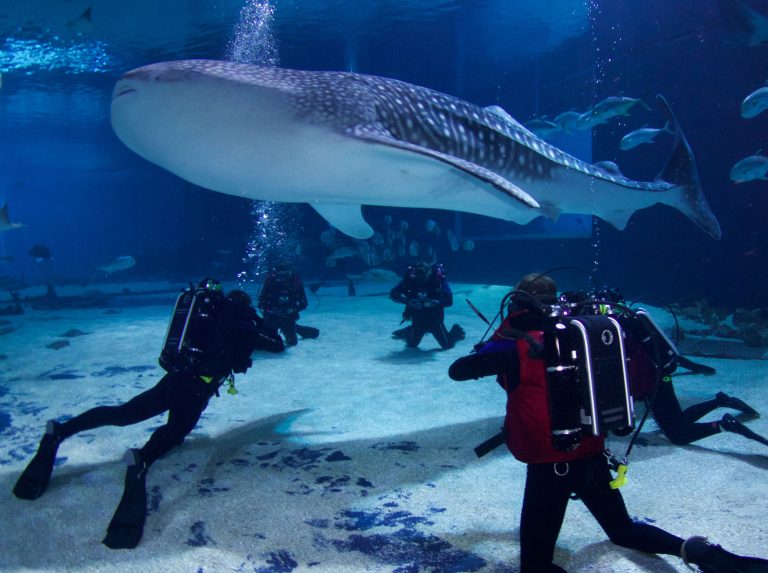Does Blue Light Cause Algae In A Fish Tank
Does Blue Light Cause Algae in a Fish Tank?
You love your fish tank. It’s a beautiful and calming addition to your home. But lately, you’ve noticed a greenish film growing on the glass and on the decorations inside the tank. It’s algae, and it’s taking away from the overall aesthetic appeal of your aquarium. You’ve heard that blue light might be responsible for the excessive algae growth, but is it true? Does blue light cause algae in a fish tank? Let’s find out.
What is Blue Light?
Blue light is a part of the visible light spectrum with a wavelength between 440 and 500 nanometers. It is present in natural sunlight and is also emitted by artificial light sources such as LED lights, fluorescent lights, and halogen lamps. In aquariums, blue light is often used to create a beautiful visual effect and enhance the colors of the fish and plants.
The Relationship Between Light and Algae Growth
Light is essential for the growth of plants and algae in a fish tank. Algae, in particular, requires light for photosynthesis, the process by which they produce energy. When light is abundant, algae can thrive and multiply rapidly, leading to an overgrowth problem in the aquarium.
The Impact of Blue Light on Algae Growth
While blue light does play a role in the growth of algae, it is not the sole cause of excessive algae growth in a fish tank. Algae can grow under different light spectrums, including the blue spectrum. However, research suggests that blue light can stimulate the growth of certain types of algae, such as cyanobacteria and hair algae.

Cyanobacteria, also known as blue-green algae, is often the culprit behind the greenish film that forms in fish tanks. Blue light can enhance the photosynthetic activity of cyanobacteria, leading to their rapid growth. Additionally, blue light can contribute to the formation of hair algae, which look like green tufts or threads in the tank.
Other Factors Contributing to Algae Growth
While blue light can contribute to algae growth, it is important to note that other factors play a significant role as well. These factors include:
1. Nutrient Levels: Algae require nutrients such as nitrates and phosphates to grow. If these nutrients are present in high levels in the water, it can fuel algae growth.
2. Light Duration: The duration of light exposure also affects algae growth. Offering too much light for an extended period can create an ideal environment for algae to flourish.
3. Water Conditions: Poor water quality, low oxygen levels, and high carbon dioxide levels can also contribute to algae growth.
Preventing and Managing Algae Growth in a Fish Tank
To prevent and manage algae growth in your fish tank, consider the following steps:
1. Light Intensity: Adjust the intensity and duration of light exposure. Reduce the amount of time your aquarium receives light each day, and consider using a timer to automate the lighting schedule. Lower the intensity of the blue light and balance it with other colors to avoid promoting excessive algae growth.
2. Water Changes: Regularly change a portion of the tank water to dilute the nutrient levels that fuel algae growth. Make sure to use a quality water conditioner to remove any harmful substances.
3. Cleaning and Maintenance: Regularly clean the glass, decorations, and filter media in your tank to remove any algae buildup. Be cautious not to disturb the natural balance of your aquarium while cleaning.
4. Live Plants: Introduce live plants to your aquarium. They can compete with algae for nutrients and help to absorb excess nutrients, limiting algae growth.
5. Fish and Invertebrates: Consider adding fish and invertebrates that actively eat algae, such as certain species of snails, shrimp, and algae-eating fish like plecos and Siamese algae eaters.
Frequently Asked Questions
1: Can blue light be completely eliminated to prevent algae growth?
Completely eliminating blue light is not recommended, as it plays a vital role in the overall health and vibrancy of the aquarium. Instead, focus on managing the intensity and duration of blue light exposure.
2: Will turning off the light completely help control algae?
While turning off the light may temporarily reduce algae growth, it’s not a long-term solution. Properly managing light intensity and duration is a more effective approach.
3: Are there any other benefits to using blue light in an aquarium?
Blue light can enhance the colors of fish and certain plants, creating a visually appealing and vibrant underwater environment.
4: Can I use chemicals to get rid of algae?
Chemical treatments should be used as a last resort and under the guidance of a professional. They can disrupt the delicate balance of your aquarium and harm fish and other inhabitants if not used correctly.
Final Thoughts
While blue light can contribute to algae growth in a fish tank, it is not the sole cause. Factors such as nutrient levels, light duration, and water conditions also play a significant role. Proper management of these factors, along with regular cleaning and maintenance, can help prevent and control algae growth in your aquarium. Remember, a little bit of algae is normal and even beneficial for the overall ecosystem in your tank. Strive for a balance that allows you to enjoy a beautiful and healthy aquatic environment.
